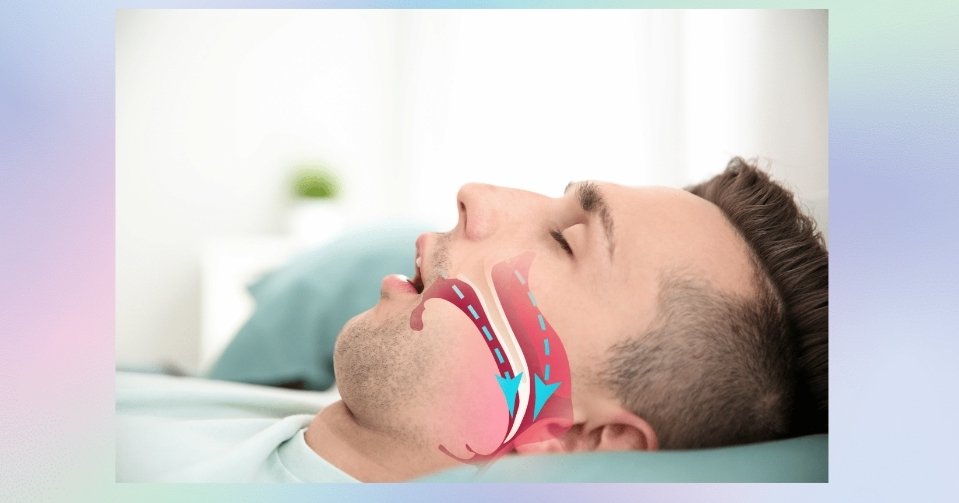
Sleep apnea is a common sleep disorder that affects millions of people worldwide. Traditionally, the most common treatment for sleep apnea has been the use of continuous positive airway pressure (CPAP) masks. However, not everyone finds these masks comfortable or convenient. Fortunately, there are effective maskless treatment options available that can help individuals manage their sleep apnea while maintaining comfort and convenience.
Understanding Sleep Apnea
Before delving into maskless treatment options, it’s important to understand what sleep apnea is. Sleep apnea is a disorder characterized by repeated interruptions in breathing during sleep. This can lead to poor sleep quality, excessive daytime sleepiness, and other health issues. There are two main types of sleep apnea: obstructive sleep apnea (OSA) and central sleep apnea. OSA is more common and occurs when the muscles in the throat relax excessively, causing a blockage of the airway.
Traditional Treatment with CPAP
CPAP therapy has long been the gold standard for treating sleep apnea. It involves wearing a mask connected to a machine that delivers a continuous stream of air pressure to keep the airway open. While CPAP is highly effective, some individuals find it uncomfortable to wear a mask while sleeping, which can lead to compliance issues.
Maskless Treatment Options
1. Positional Therapy: Some individuals experience sleep apnea primarily when sleeping on their back. Positional therapy involves using various devices to encourage sleeping in positions that reduce airway obstruction. These devices can include special pillows or wearable devices that gently remind the wearer to change positions.
2.Oral Appliances: Oral appliances are custom-made devices similar to mouthguards that help reposition the jaw and tongue to prevent airway obstruction. These appliances are comfortable and portable, making them a popular choice for individuals who prefer maskless options.
3. Lifestyle Modifications: Certain lifestyle changes can significantly improve sleep apnea symptoms. Losing weight, avoiding alcohol and sedatives, and quitting smoking can help reduce airway obstruction and improve overall sleep quality.
4. Inspire Therapy: Inspire therapy is an innovative treatment that involves surgically implanting a small device that stimulates the hypoglossal nerve, which controls the muscles of the tongue and other key airway muscles. This stimulation helps keep the airway open during sleep, effectively treating sleep apnea without the need for a mask.
5. Nasal EPAP (Expiratory Positive Airway Pressure): Nasal EPAP devices are small, adhesive devices that are placed over the nostrils before sleep. They create back pressure that keeps the airway open during exhalation, preventing airway collapse and reducing sleep apnea events.
While CPAP therapy remains an effective treatment for sleep apnea, it’s not the only option available. Maskless treatment options offer individuals the opportunity to manage their condition comfortably and conveniently. Whether through positional therapy, oral appliances, lifestyle changes, innovative therapies like Inspire, or nasal EPAP, individuals now have a range of choices to effectively treat their sleep apnea and improve their overall quality of life. If you suspect you have sleep apnea, consult a healthcare professional to determine the most suitable treatment option for your specific needs.